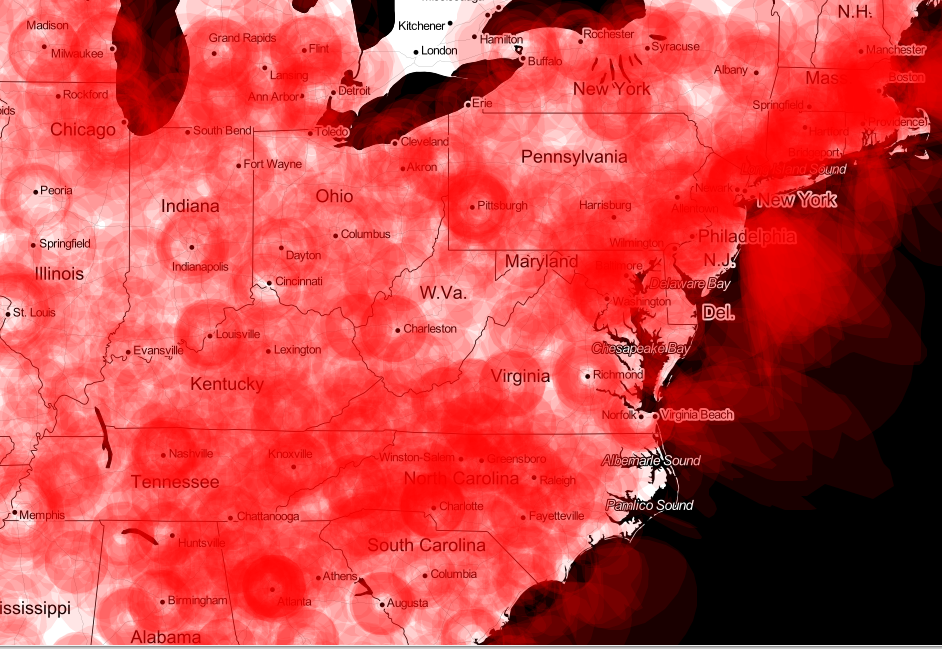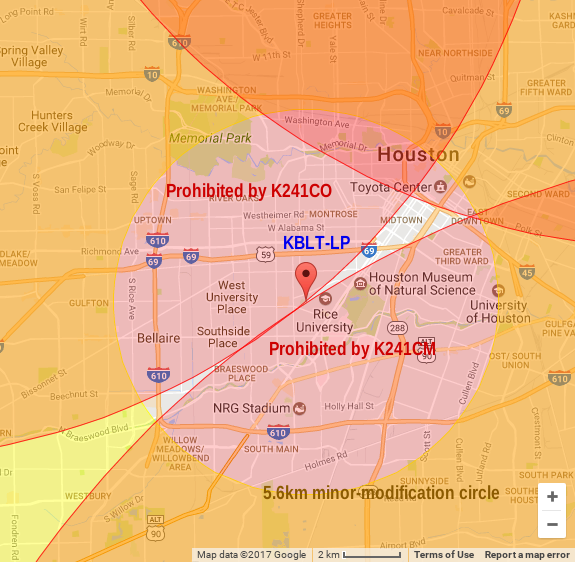Prometheus Petitions FCC to Protect LPFMs from Big-AM-Station Translators

For Immediate Release
April 17, 2017
PHILADELPHIA-- The Prometheus Radio Project is challenging an FCC handout to the biggest AM stations because it will harm low-power FM (LPFM) stations without affording them protections guaranteed under the Local Community Radio Act (LCRA). Last week, Prometheus filed a petition with the FCC seeking reconsideration of new rules released in January that allow the largest commercial AM stations to place more FM translators near LPFM stations.
The January FCC ruling, a part of their AM Revitalization effort, allows AM stations to locate translators -- small radio stations which repeat the AM station on the FM band -- within either 25 miles of their station, or within their daily broadcast area (2 mV/m contour), whichever is larger. Formerly, AM stations were limited to staying within the smaller of those areas, a restriction that smaller AM stations contested. Prometheus did not file opposition to that part of the FCC ruling.
Initially, the FCC proposed that translators must keep their broadcast to within 40 miles of the AM station, which was consistent with helping smaller AM stations. However, the January ruling removed this 40-mile limit, allowing the largest commercial AM stations to place FM translators far away from their core service area. At least 1,644 large AM stations stand to benefit from removal of the limit, subjecting most of the land area of the US to extra demand for translators, which compete with LPFMs for space on the FM dial and can box them in.
Radio stations in general, and LPFMs more than most, need to periodically relocate for financial and practical reasons, and are allowed to move within 3.5 miles of their location, or within a circle 7 miles in diameter. FCC rules allow a translator to move closer to an LPFM than an LPFM can move toward the translator, and prevent the LPFM from thereafter moving any closer to the translator. It is as if the translator draws a line in the sand which the LPFM cannot cross. When an LPFM is located between two nearby translators in different directions, or “short spaced,” the LPFM is boxed in between two lines it cannot cross, which can remove the vast majority of its relocation area. As a result, LPFMs may be forced to move away from their audiences when they inevitably relocate, or may be unable to move and lose their transmission site.
Section 5(3) of the Local Community Radio Act (LCRA) says that LPFM stations and FM translators are to "remain equal in status” and the Commission enacted rules to protect this equality prior to the 2013 LPFM application period. The “boxing-in” problem is one of several LCRA equality issues that the FCC must address especially with increasing demand for, and possible increased supply of FM translators.
Prometheus Radio Project is represented by its counsel from Georgetown University Law Center's Institute for Public Representation.
Figure - 1: Land Area Affected by FCC 40-Mile Limit Removal
The pink and red areas below show where one or more translators could be placed by AM stations, due to the FCC's recent removal of the 40-mile limit described above. Each pink/red area is the daytime (2mV/m) contour of an AM station minus the portion less than 40 miles from the respective AM station. Darker pink/red indicates more AM stations could place translators there.

A live map is also available, but beware it is a very large map and may cause trouble in some browsers.
Figure - 2: How an LPFM gets “Boxed In”
LPFM radio station KBLT-LP below is shown with the push pin, and the two red-shaded areas are where it is now prohibited from moving because of the two recent translators for AM stations named in the figure. The clear circle is where KBLT-LP could normally relocate.

References
- (PDF) Prometheus Petition to FCC
- FCCs AM Revitalizion page
- The Local Community Radio Act
- FCC general information about translators
- FCC Low-Power FM (LPFM) page
- A History of Encroachment upon LPFMs
Press Contact
Please email info (at) prometheusradio.org
